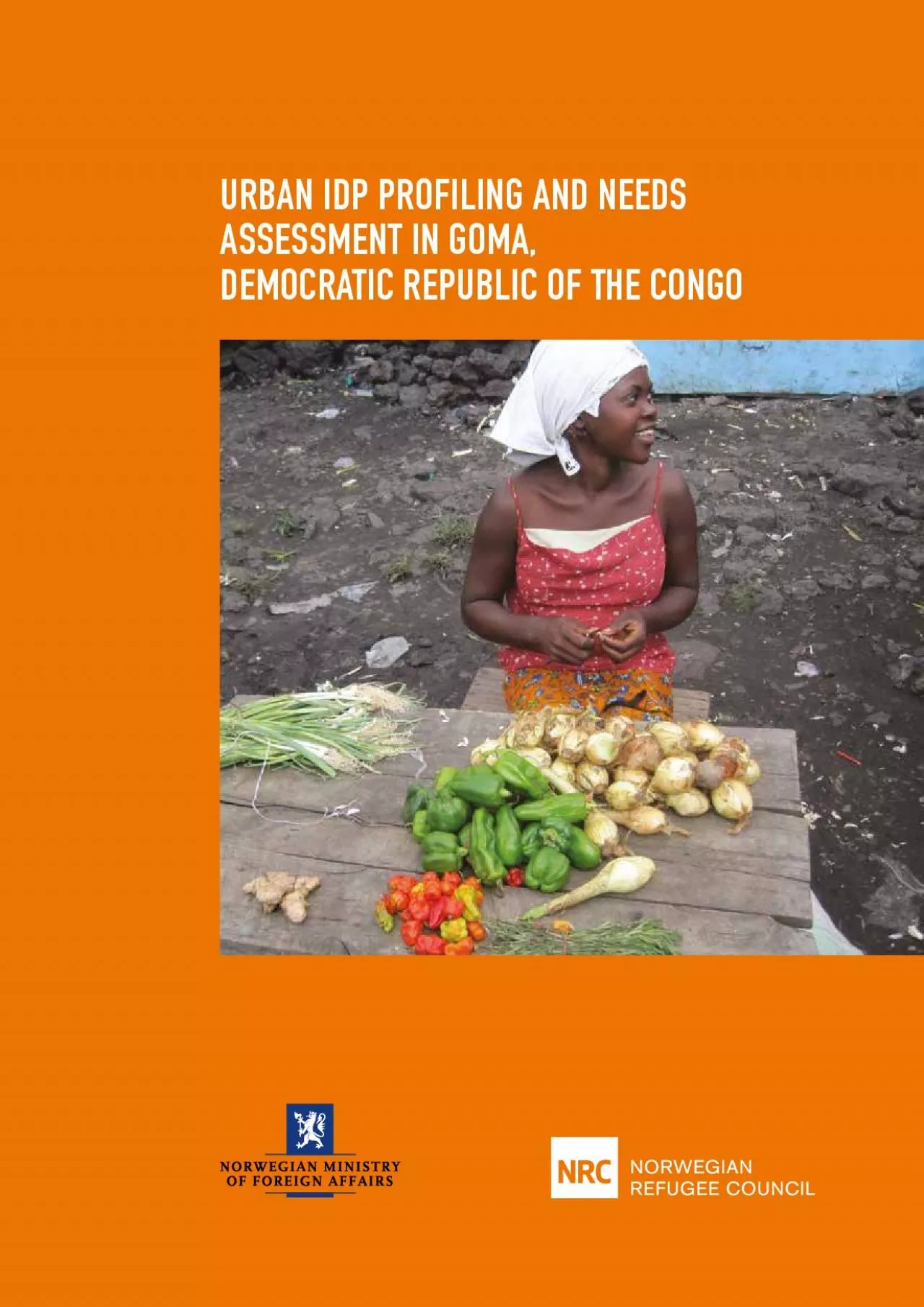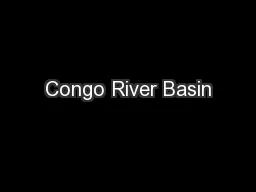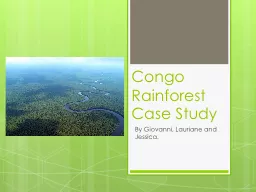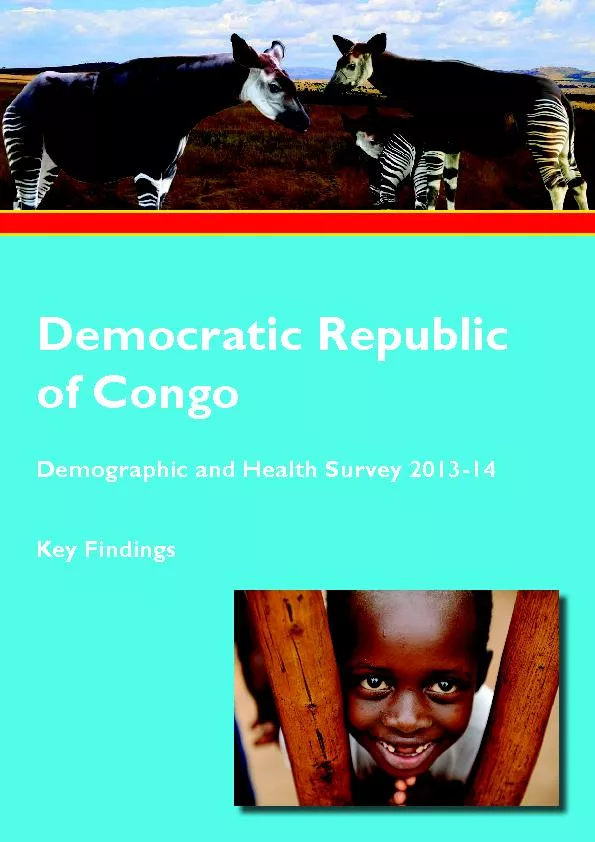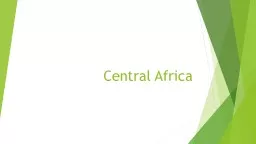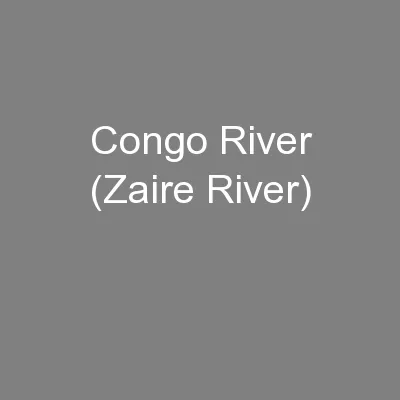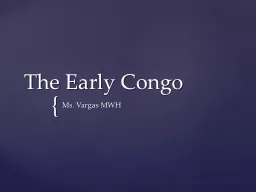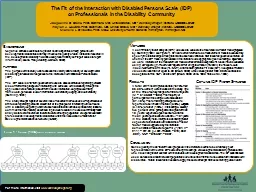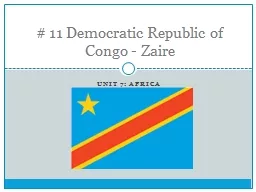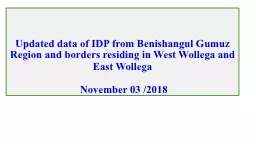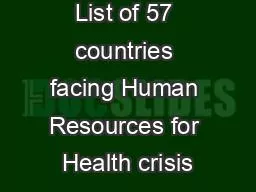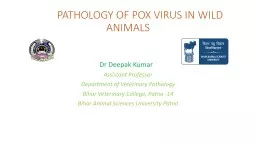PDF-URBAN IDP PROFILING AND NEEDS DEMOCRATIC REPUBLIC OF THE CONGO
Author : skylar | Published Date : 2021-06-05
URBAN IDP PROFILING AND NEEDS ASSESSMENT IN GOMA DEMOCRATIC REPUBLIC OF THE CONGOSUMMARYare largely unmet and rarely studied whose size is heavily underestimated
Presentation Embed Code
Download Presentation
Download Presentation The PPT/PDF document "URBAN IDP PROFILING AND NEEDS DEMOCRATIC..." is the property of its rightful owner. Permission is granted to download and print the materials on this website for personal, non-commercial use only, and to display it on your personal computer provided you do not modify the materials and that you retain all copyright notices contained in the materials. By downloading content from our website, you accept the terms of this agreement.
URBAN IDP PROFILING AND NEEDS DEMOCRATIC REPUBLIC OF THE CONGO: Transcript
Download Rules Of Document
"URBAN IDP PROFILING AND NEEDS DEMOCRATIC REPUBLIC OF THE CONGO"The content belongs to its owner. You may download and print it for personal use, without modification, and keep all copyright notices. By downloading, you agree to these terms.
Related Documents

